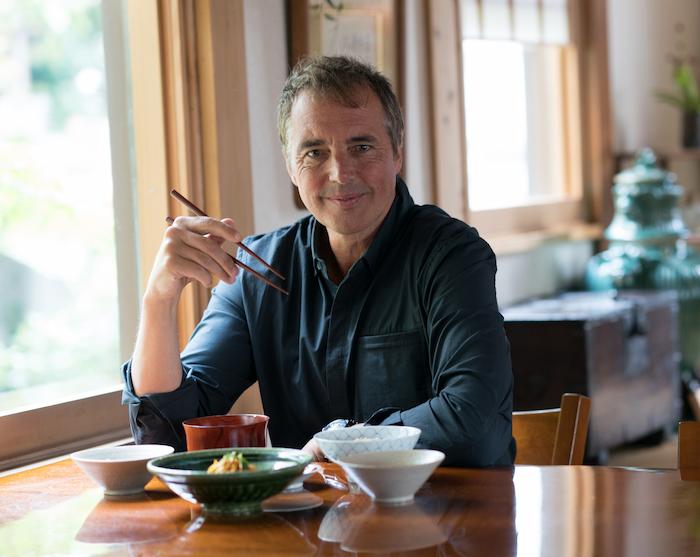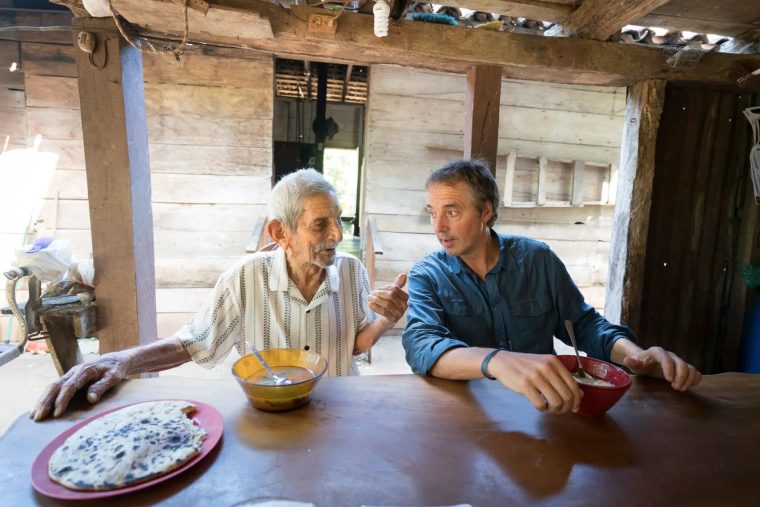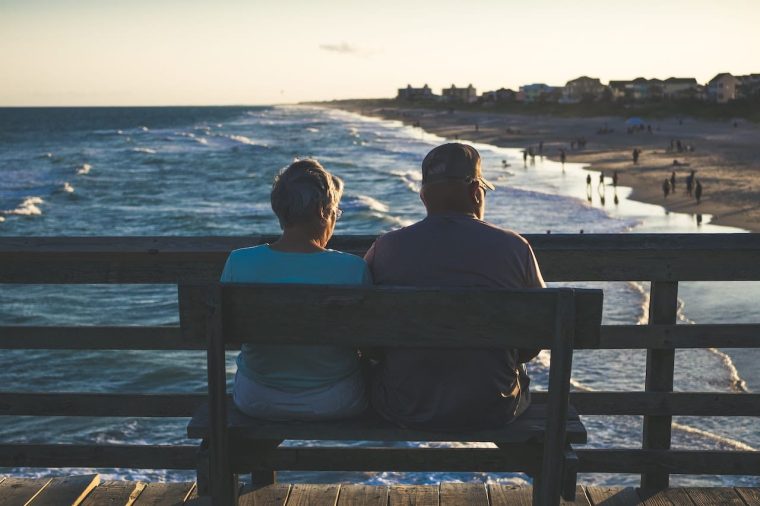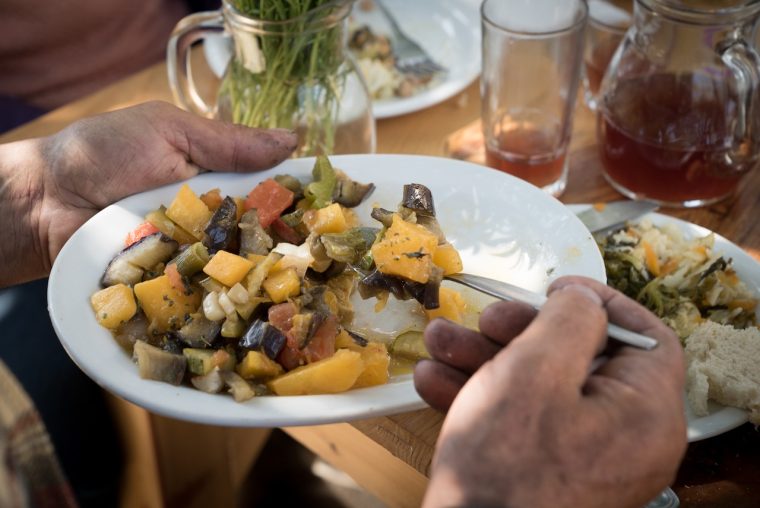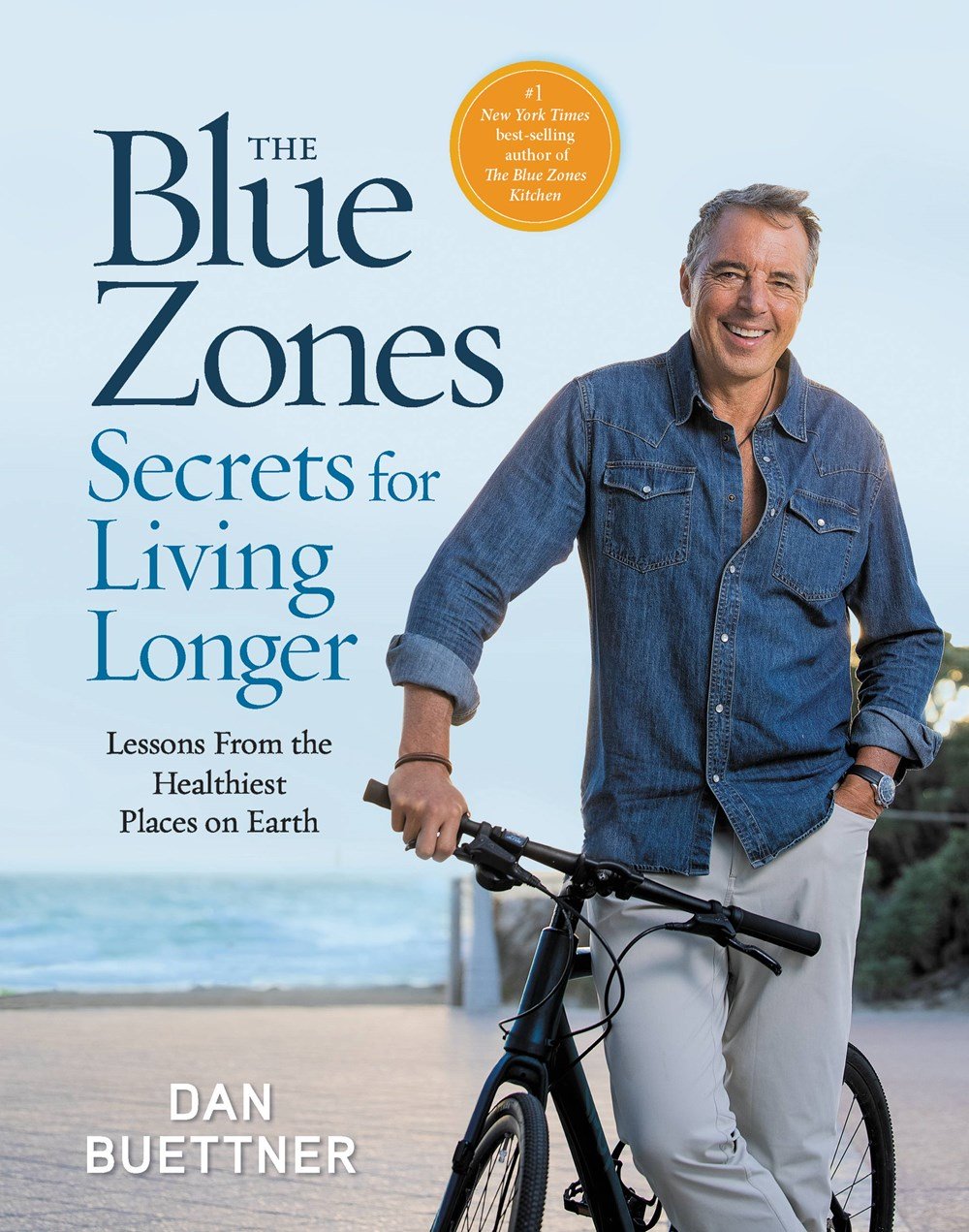Bread is surprisingly divisive.
On one hand, bread is one of the simplest, oldest, and commonest foods in the world. The recipe for bread is universal in its elements (possible exception for yeast), but infinite in its forms and flavors. By now, bread is so ubiquitous that it’s almost more of an ingredient than a food in its own right—and one can’t help but think that bread must have become a human staple for a reason.

It’s shorthand for all of our food and the blessing of getting to eat it (“our daily bread”), for the ability to support our families (“breadwinner”), for the profit centers of a business (“bread and butter”), for baseline standards of ethical decency (“bread and water”), and for all the best new stuff of modern life (“the greatest thing since sliced bread”) .
Also, bread is delicious. That probably explains something.
But on the other hand, bread is out of fashion right now. A lot of people are avoiding carbs like the plague—and bread is, of course, the consummate carb. More of the world is getting wise to the perils of ultra-processed white breads and flours, and that’s definitely a good thing; still, it’s a little too easy to stretch that guidance beyond what the science tells us and conclude (for instance) that all bread is bad.
So today, I want to talk about bread from the blue zones’ perspective. Because I bet you’re wondering…
Can you eat bread and still live to 100?
If so, what kind of bread do the world’s centenarians eat?
For the nutshell answers: yes, and sourdough.
For the fuller breakdown on bread, read on!

In its pure original form, bread has a lot going for it. It’s got more protein and fiber than most people would think, and—perhaps most importantly—it’s a source of complex carbohydrates, and therefore provides your body with longer-lasting, cleaner-burning energy than you’d get from starches and simple sugars.
Nutritionally speaking, old-school bread is much closer to oats or to brown rice than it is to cake. Of course, it’s the other way around for the Wonderbreads of the world, and that’s much of the reason bread has fallen out of dietary favor. Between the super-processed white flour, additives, preservatives, colorings, and mass-production methods, sliced bread is closer to candy than it’s ever been…
… and our bodies do react to it that way. Insulin levels spike, energy levels crash shortly after, and all of the extra sugar in your bloodstream winds up converted into belly fat.
But that doesn’t happen when you eat real bread, like they still do in the blue zones. As a matter of fact, real sourdoughs (like the Ikarian-style sourdough recipe I share below) have something of the opposite effect: they lower the meal’s glycemic load, which means that they actually slow your body’s absorption of sugar by roughly 25%.
Sourdough bread, in other words, helps your body to use its available energy (sugars and carbs) more slowly. It helps your body’s “fuel” to burn more evenly, for a longer time, and with less left over for fat storage at the end.
If you ask me, bread like that isn’t just “less bad” for you. It is definitively good for you—especially if you make it yourself (not hard at all) and incorporate it into other lifestyle habits, as the Ikarians do. More on that after the recipe!

People living in Blue Zones aren’t actively trying to cultivate habits for long life. Their environments are set up in ways that naturally support healthy behaviors. In this section of Eating to 100, I will share one simple habit you can incorporate into your life. Do it long enough, it becomes part of how you live. Build up enough of these habits, you’ll likely add years to your life and life to your years.
There’s something else that’s healthy about Ikarian sourdough, and it has nothing to do with eating it.
I’ll explain what I mean, but context first. Let’s zoom out for a minute…
Ikaria is a Greek island in the Aegean Sea, about 300 miles east of Athens, and (fun fact) it’s named for Icarus, the mythological figure who supposedly crashed into the water nearby. It’s a small island, hilly and steep, with fewer than 10,000 people… and as I’ve noted before, those people seem to forget to die.

Part of their secret is, in a phrase, mindless exercise. They do their own yard work; they garden; they walk to the store or to their neighbors’ houses without thinking about it. In fact, the longest-lived people on the island have historically tended to be the poor people who did the most walking (and with a steep incline everywhere they went).
That’s worth noting on its own… but what does it have to do with Ikarian sourdough bread?
Simple: they knead the dough by hand. This effectively translates to an hour of low-impact exercise—all while standing, socializing, and taking an active role in the food they’re eating with loved ones.
If you want a quick look at real Ikarian sourdough, I show you here.

Ikarian-Style Sourdough Bread

Ingredients
1 (6/25 oz) package dry live-culture yeast-free sourdough starter for wheat flour (like Desem)
6-8 cups bread flour (or equal parts semolina flour and bread flour)
3 tbsp canola or vegetable oil
Water
The Method
Make the starter based on the instructions given in or on the packet. In general, you’ll mix a small amount of non-chlorinated water (such as bottled spring water) with the starter, then feed it small amounts of flour over the course of several days until it’s bubbling with a distinctly fermented aroma.
Place 2 cups of prepared starter in a large bowl and stir in 2 cups of lukewarm non chlorinated water.
Stir in 4 cups bread flour until a soft dough forms, adding more flour in 1-cup increments until the dough can be gathered into a coherent, not sticky, ball. (Place the excess starter in a separate bowl and continue to feed with non chlorinated water and small amounts of flour every few days as directed by the package to preserve for another baking.)
Lightly flour a clean, dry work surface. Set the ball of dough on it and knead until elastic and very smooth, about 20 minutes, adding more flour in 1-tablespoon increments if the dough seems sticky.
Gather back into a ball, place in a large bowl, cover with a clean kitchen towel, and set aside in a warm, draft-free place until doubled in bulk, between 6 and 12 hours. (Do not stint on the time.)
Plunge your clean fist into the dough to deflate it. Turn out onto a dry, clean, lightly floured work surface and knead lightly for 1 minute. Shape into a free-form round or oval loaf about 10 inches in diameter or at the oval’s longest point.
Lightly grease a large lipped baking sheet and transfer the loaf to it. Cover with a clean kitchen towel and set aside in a warm, draft-free place until doubled in bulk, 4 to 8 hours. Meanwhile, position the rack in the center of the oven and heat the oven to 350°F.
Bake until browned and hollow sounding when tapped, about 1 hour.
Transfer to a wire baking rack and cool for at least 10 minutes or up to 2 hours before slicing to serve.
TIP: For an easier preparation, knead the dough in the bowl of a stand mixer with the dough hook at low speed in step 3.
TIP: A second rising yields an exceptionally sour bread. However, you can skip this step. If so, knead the bread as directed in step 3, skip the first rising and all of step 4, then form the dough into the desired shape, letting it rise one time only as directed in step 5.

So far, we’ve talked about the nutritional benefits of (real) bread and the exercise benefits, both easily overlooked by the public. But there’s one more magical thing about bread, one more way that it can boost your longevity: sharing it with people you love (and maybe even people you don’t love).
There’s a reason that “breaking bread” with other people is considered meaningful all around the world. It’s not just about civility or manners; it’s about common ground. We don’t just share a need for sustenance; we share a love of food, and we see that in others when we break bread with them. Science has since shown that eating activates the parasympathetic nervous system, which works against the fight-or-flight response; in other words, eating helps your brain and body to feel like everything’s safe, like everyone who’s eating with you is truly with you.
No wonder bread (like the Ikarians make) is so often a family tradition, passed down from generation to generation. It’s not just a staple food; it’s a social glue.
On that note, there’s one last thing I’d share with you for today. It’s a bit of language trivia I once heard, and it fits perfectly here:
What is a companion? If you follow the word’s Latin roots, it’s someone you share bread with.

